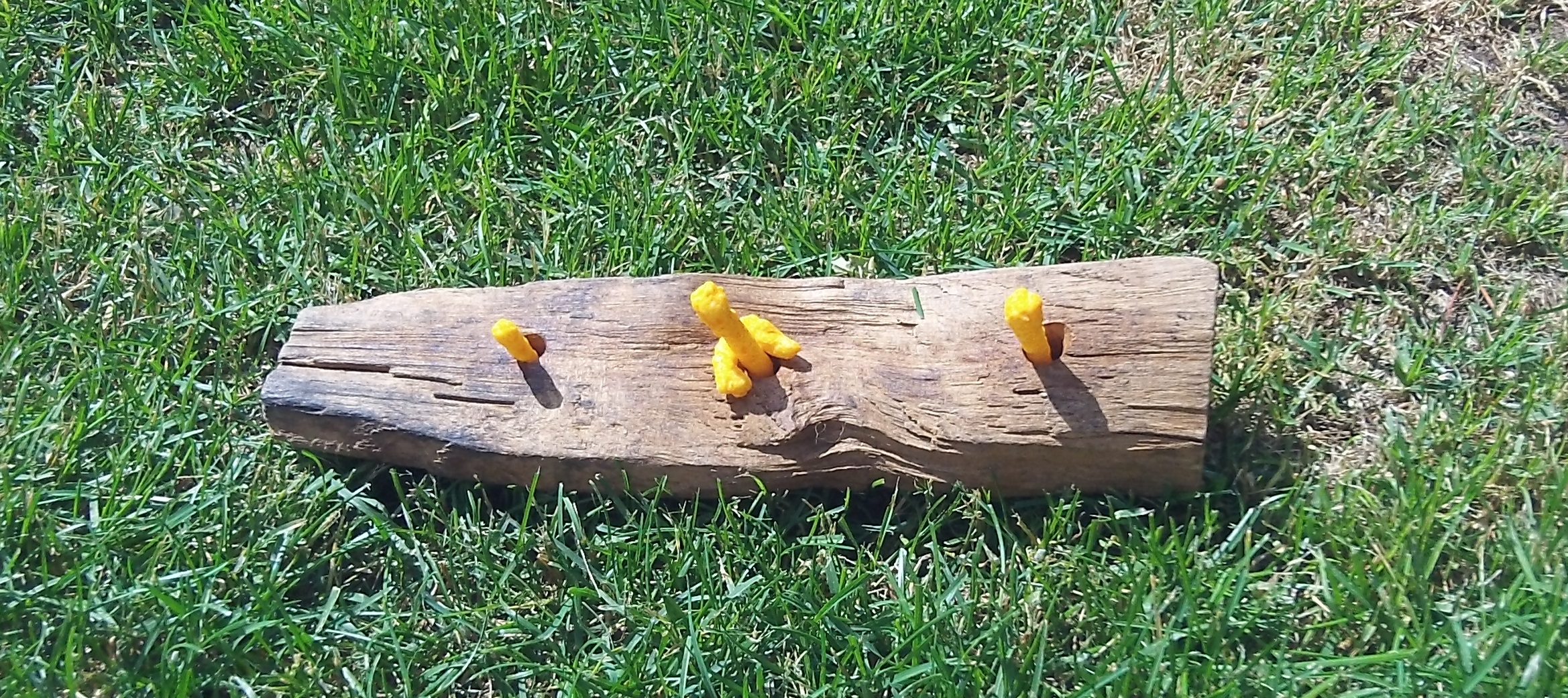Bonding with wild turkeys
This post contributed by Nadine Lymn, ESA Director of Public Affairs Just in time for Thanksgiving, comes the true-life tale of a man who raised a rafter of sixteen wild turkeys, gaining a newfound understanding and deep appreciation for them in the process. My Life as a Turkey aired on PBS last week and shows how naturalist and wildlife artist…
